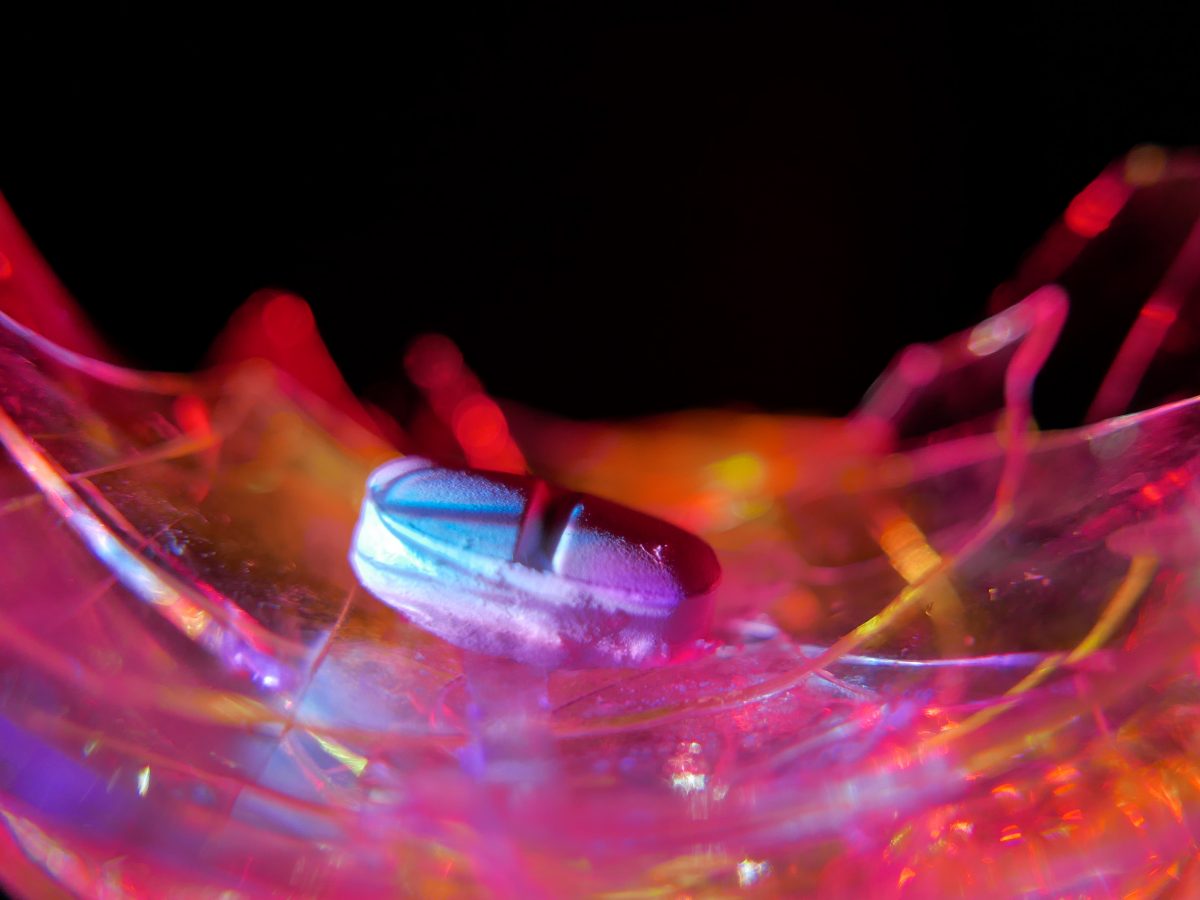Given events in the UK, Dr Des Corrigan advises caution over a possible emerging subculture of ‘date-rape’ drugs in Ireland
The reporting on several high-profile murder/rape trials in the UK has shone a spotlight on the so-called ‘date-rape drugs’ GHB and GBL. The involvement of these substances in the cases of Reynhard Sinaga, Stephen Port and Gerald Matovu prompted the UK Home Secretary to request their urgent review by the Advisory Committee on the Misuse of Drugs (ACMD).
The Sinaga case was particularly horrific because he was found guilty of 159 cases of male rape, using GHB to drug his victims. Gerald Matovu murdered a man with a fatal overdose of GHB and supplied Stephen Port with it and other ‘chemsex’ drugs. The latter was convicted of at least four murders and multiple male rapes.
Now, GHB and related compounds such as gamma-butyrolactone (GBL) and 1,4 butanediol (BD) are not new on the drug scene.
Indeed, I chaired the Risk Assessment Committee at the EU’s Drugs Agency (EMCDDA) in 2000, which recommended to Member States that they control GHB under their national drugs legislation. GBL and BD are used instead of GHB because they are more easily accessed, since large quantities are used industrially as solvents and in chemical syntheses. Both are readily converted in the body into GHB, by endogenous lactonases in the case of GBL, and by alcohol dehydrogenase in the case of BD. The three chemicals are interchangeable from a pharmacological and, unfortunately, from a toxicological perspective also.
GHB is a short-chain fatty acid derivative used in medicine as an anaesthetic, in the treatment of alcoholism, and in narcolepsy. It has been available since the 1980s as a nutritional supplement to induce sleep, increase muscle mass, enhance sexual activity and athletic performance and to ‘prolong life’.
It subsequently became a recreational drug linked to the ‘club scene’. Invariably, non-medical GHB is obtained in the form of a powder or liquid formulation. Typically, the powder (usually GHB sodium salt) is dissolved in water prior to oral consumption. Many of the dangers associated with illicit GHB use are due to variations in the GHB concentrations of such solutions.
It is a CNS depressant, but its specific action is unclear. However, it is believed that GHB binds as an agonist to the gamma-aminobutyric acid receptor GABAB, which differentiates it from benzodiazepines that bind to GABAA receptors. The pharmacological effects of GHB strongly depend on the dose. Ingestion of 1-to-2 grams can result in euphoria, more sociability, increased libido, hallucinations, relaxation, disinhibition, sedation and urinary incontinence. GHB is rapidly absorbed, metabolised and eliminated with a plasma half-life of approximately 20-to-30 minutes and it is undetectable in urine after around 12 hours. Endogenous concentrations of GHB appear to be increased post-mortem, particularly in blood. After ingestion, GBL is more rapidly absorbed than GHB, as it is more lipophilic and it has a faster onset of action.
Toxicity
Toxicity is dose-dependent and a steep dose-response curve has been observed, where even a small increase in dose can produce serious toxic effects. It has a very narrow therapeutic index of 8, compared to 15 for cocaine and 6 for heroin. Overdose has resulted in a confused, agitated, combative state that fluctuates rapidly, with ataxia and coma, vomiting, sweating, headache and impaired psychomotor skills.
Myoclonus and tonic-clonic seizures, bradycardia, hypothermia and life-threatening respiratory depression have been reported. In the absence of other psychoactive medicines or drugs, the blood concentration of GHB leading to death has been estimated at more than 300mg/L. No effective antidote exists.
The combined use of any CNS depressant, including alcohol and benzodiazepines, as well as valproate, may potentiate the CNS depressant effect of GHB. Most GHB-related deaths have involved polydrug use, including alcohol, amphetamine, benzodiazepines, opioids and antidepressants, but fatalities involving GHB alone have also been reported. While 159 deaths were recorded in the UK in the years to 2013, GHB does not feature in the NDRDI figures for the past 10 years. Whether that indicates that no such deaths have occurred in Ireland, or there are analytical difficulties in distinguishing post-mortem endogenous levels from exogenous ones due to deliberate ingestion, is unknown.
Risk factors
With regular use, tolerance with increased frequency of use and dependence may occur. Withdrawal symptoms in humans lasting for up to three weeks occur one-to-six hours after the last dose, and include tremor, sleep disorder, insomnia, headache, anxiety, dizziness, tachycardia, hallucinations and psychotic disorders. Seizures and rhabdomyolysis are also reported.
A specific GHB/GBL detoxification programme is provided by the HSE as part of its Gay Men’s Health Project. All three substances impair motor skills and can cause anterograde amnesia and so have a major influence on the ability to drive and use machinery that can persist for at least six hours after use. Another risk factor reported by users is a rapid loss of consciousness or onset of stupor, referred to by users as ‘G-napping’.
GHB is one of the substances commonly linked by media reports to drug-facilitated sexual assaults (DFSA), more commonly referred to as ‘date rape’. The fact that these compounds are colourless, odourless and highly soluble in both water and alcohol, linked to the rapid onset of unconsciousness and anterograde amnesia, increases their attractiveness as date rape drugs.
In addition, forensic toxicology shows that the very short half-life of GHB and the fact that it is an endogenous compound makes it very difficult to detect and thus prove the use of GHB in rape cases. The analysis of hair and nail samples rather than blood or urine allows the detection of GHB in sexual assault cases for several weeks after administration.
One study found GHB to be five times more prevalent than flunitrazepam (‘roofies’) popularly, if inaccurately, associated with DFSA. A systematic review has suggested that GHB is rarely present (0.2-to-4.4 per cent) in reported cases of drug-facilitated sexual assault and a number of studies suggest that alcohol and other benzodiazepines are an underestimated problem in such cases.
GHB/GBL is often associated with chemsex in men who have sex with men (MSM) because of the decreased inhibition and enhanced sexual stimulation caused by consumption. The results of an online survey of MSM in Ireland published in 2019 reported that only 3.4 per cent of those who had used drugs other than nitrite ‘poppers’, compared to 28 per cent who used cannabis.
An earlier 2018 survey found that 15 per cent of MSM attending the Gay Men’s Health Service in Dublin had used GHB/GBL. It would appear, therefore, that a GHB-using subculture does exist in Ireland, despite the fact that it, GBL and BD are controlled substances, but the health effect of such use is largely unknown at this stage. Given what has happened in the UK, vigilance here is advisable.








